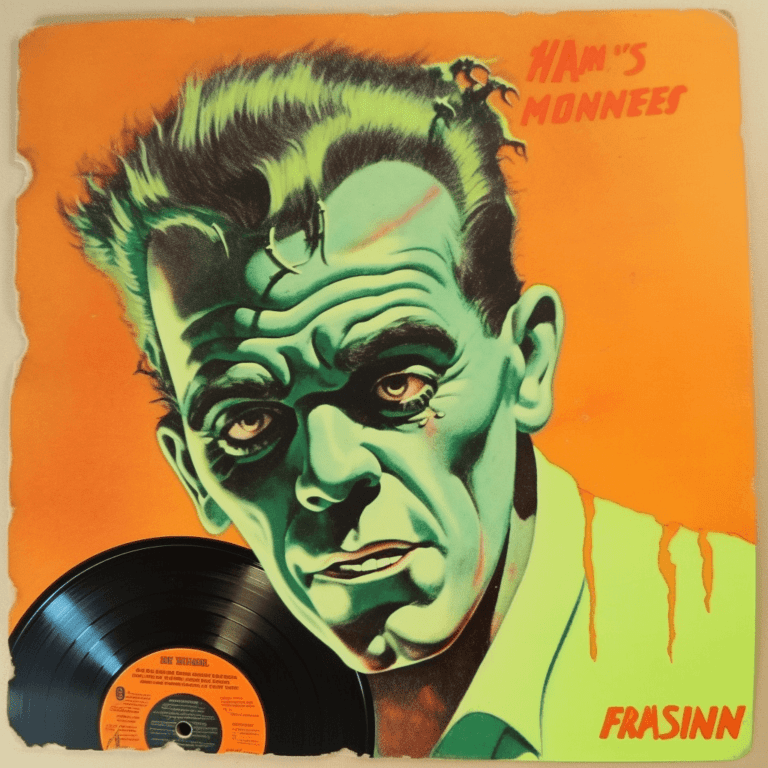Wall of sound
The “Wall of Sound” is a revolutionary musical production technique that emerged in the 1960s, pioneered by the legendary American record producer Phil Spector. This innovative approach transformed the way music was recorded and produced, creating a lush, immersive, and larger-than-life sound that remains influential to this day.
Imagine standing in front of a massive, towering wall made entirely of sound, where every instrument and vocal blends seamlessly together, filling the space with a rich, captivating experience. This is precisely the essence of the Wall of Sound.
At its core, the Wall of Sound relies on layering multiple instruments and voices to create a dense, symphonic texture. Phil Spector meticulously arranged various instruments, such as pianos, guitars, horns, strings, and percussion, playing the same parts in unison or harmony. This technique amplified the impact of each instrument, making the overall sound much more grandiose and immersive.
The key to the Wall of Sound’s success was the meticulous attention given to the recording process. Spector preferred to record in larger studios to capture the natural acoustics, and he utilized echo chambers to add depth to the sound. Additionally, the use of innovative studio techniques, like close microphone placement and overdubbing, enabled Spector to create a massive sonic landscape.
One of the most iconic examples of the Wall of Sound is heard in songs like “Be My Baby” by The Ronettes and “You’ve Lost That Lovin’ Feelin'” by The Righteous Brothers. These timeless classics exemplify the power and beauty of Spector’s production style.
However, as captivating as it was, the Wall of Sound was also labour-intensive and costly, often involving large orchestras and many studio hours. Consequently, its popularity began to wane as the music industry shifted towards simpler, more stripped-down arrangements.
Despite its decline, the Wall of Sound’s legacy endures in various forms of music. Many contemporary artists and producers continue to draw inspiration from its dense, lush soundscapes. Moreover, the Wall of Sound remains a testament to the artistry and innovation of Phil Spector, whose impact on the music industry continues to resonate to this day.

So what’s this site all about anyway?
Well, if you ever find yourself needing music for anything – a YouTube video, a podcast, a school project, a presentation, TV commercial or even a film – then browse, preview and download any of our tracks





